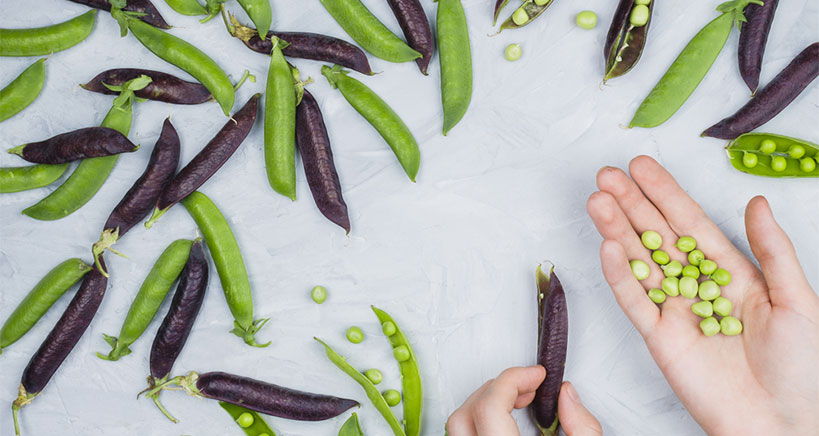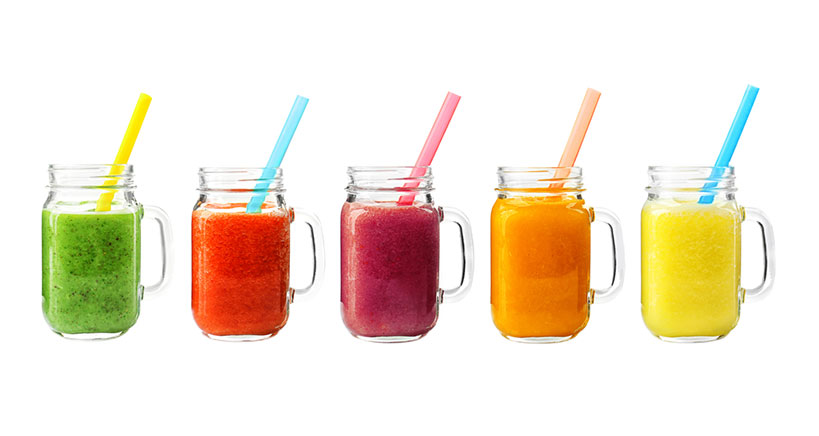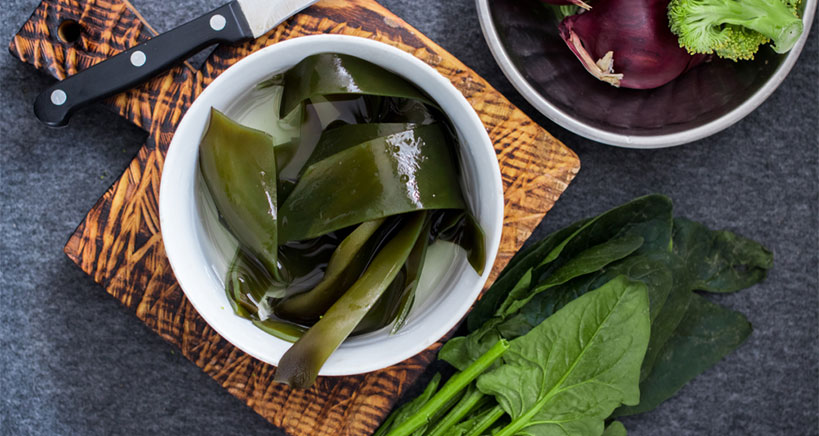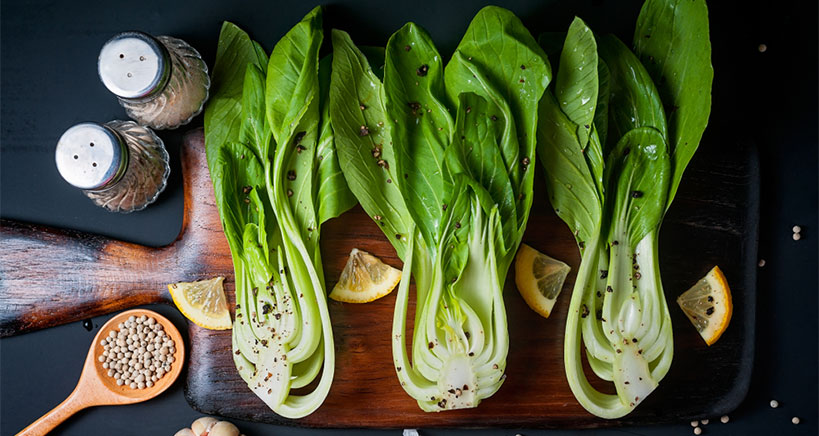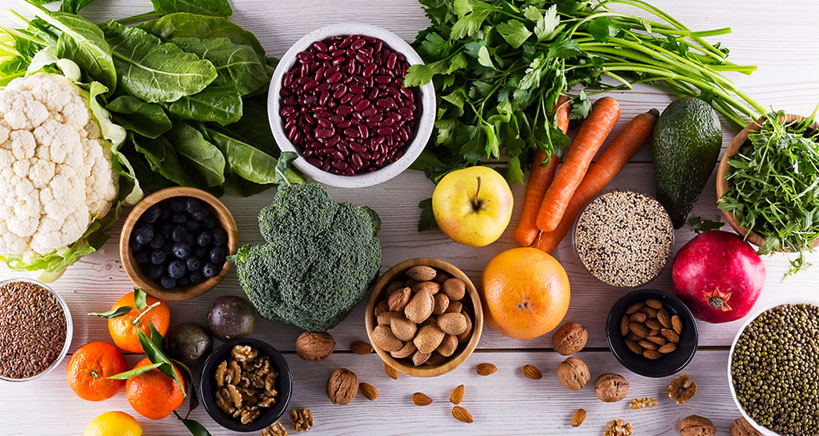
Clean Label a Food Industry Standard
Attention Foodservice Pros: Clean label is here to stay! If you thought it might be a passing phenomenon, fad, or trend in the food industry, it’s time to get with the times because clean label is no longer the exception but the expectation. Consumers are demanding that you provide them with transparency, authenticity, and sustainability – and they are willing to pay top dollar to restaurants, catering services, and manufacturers that respond to their demands. According to the clean-label strategy experts at Food Insider Journal and Vitafoods Insights, the latest stats in the nutrition space reveal that a whopping 73% of consumers are willing to pay more for foods and beverages made with ingredients they recognize and trust and that do not contain undesirable ingredients. (What constitutes ‘undesirable’? Hang onto your chef’s hats — that answer coming shortly…) Forty percent also said they would switch from their current brand to another if it offered more transparency.
2019 Consumers Want to Know
What does all this really mean? Put simply, it means that health-conscious consumers want to know what they are putting into their bodies. This accounts for the ever-expanding list of foods and beverages they deem acceptable – and what’s on the menu these days are ingredients that are dairy-free, gluten-free, fat-free, preservative-free, sugar-free, nut-free, alcohol-free, non-GMO, organic, all natural, and minimally processed. They also have a preference for vegetarian, keto, and paleo-friendly diets, plant-based sources of protein, authentic foods, ‘kitchen-cupboard’ ingredients, and ingredient sourcing. Translation: Consumers want to know where their food comes from!

